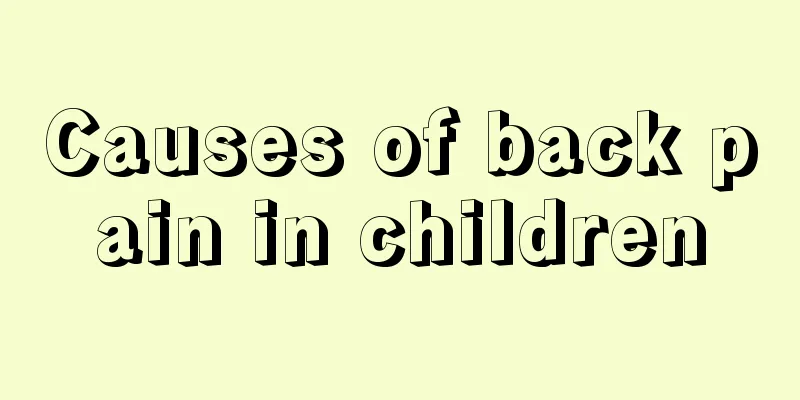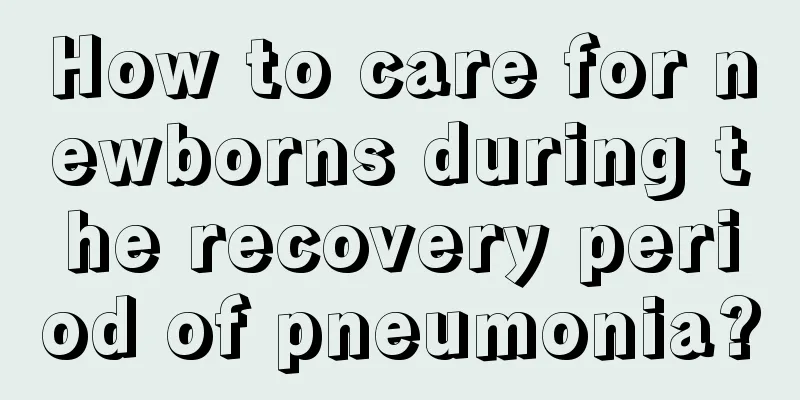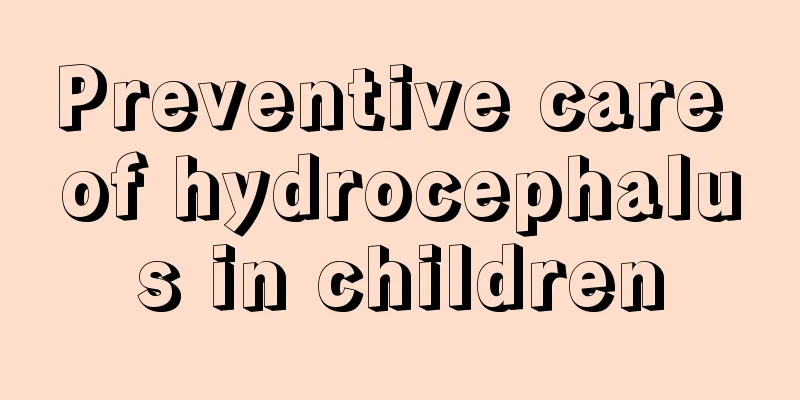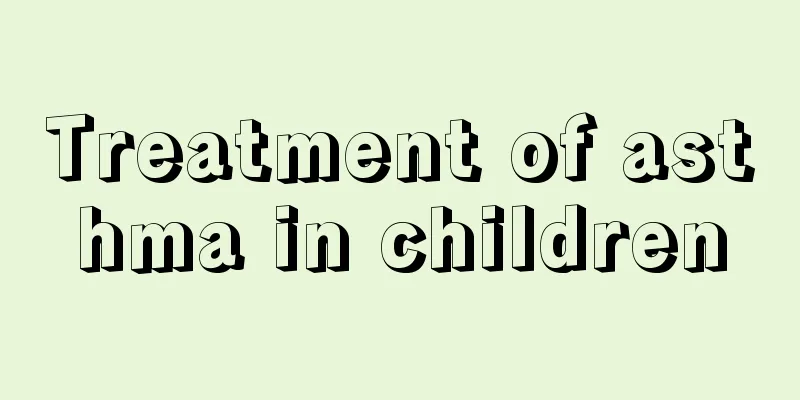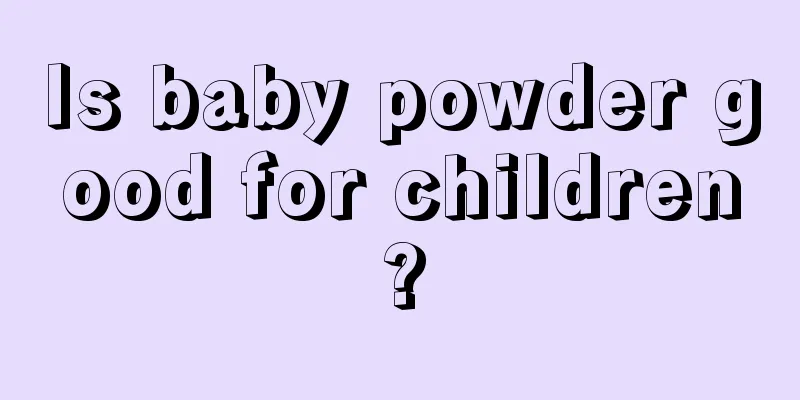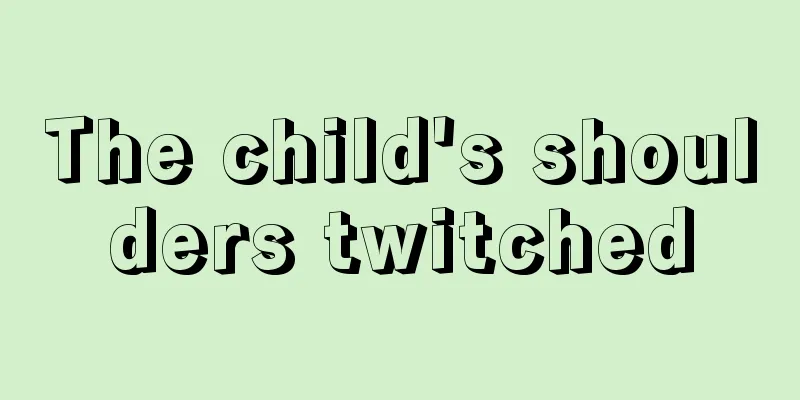Causes and treatment of myocarditis in infants
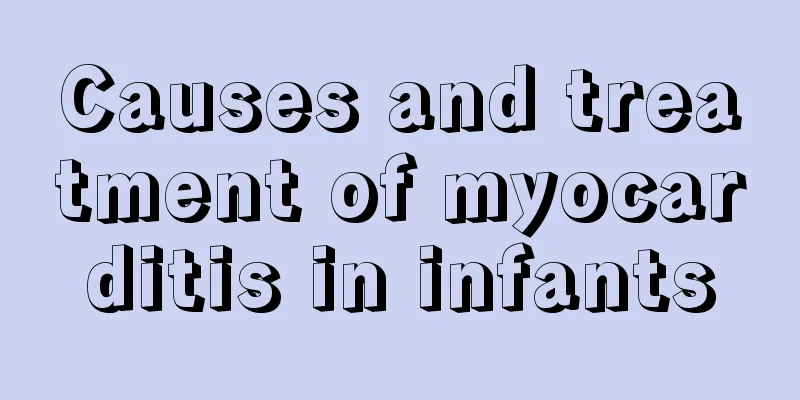
|
There are still many situations that occur in infants. We cannot ignore the little things of the children. It may be our neglect that leads to some unexpected results in the children. So how much do you know? The editor hopes that you can really understand what is best for the children. Then, let’s take a look at the issue of infant myocarditis with the editor. You don’t know much about it, so let’s take a closer look! 1. Causes The disease is mainly caused by infection, with viral infection being the most common. So far, more than 30 types of viruses have been found to cause myocarditis. The most important of these are coxsackievirus, echovirus, cytomegalovirus, rubella virus, varicella-zoster virus, and adenovirus, which cause the disease. Common routes of infection include intestinal infection and placental infection. Pathogens can often be detected in the feces of newborns. 2. Clinical manifestations The clinical manifestations vary in severity and are very changeable. Most symptoms appear within one week after birth. If the disease occurs within 48 hours after birth, it indicates intrauterine infection. The onset may be explosive, characterized by rapid development of irritability, respiratory distress, cyanosis, pale skin, and pneumonia; non-specific symptoms may also appear first, such as fever, drowsiness, vomiting, diarrhea, jaundice, followed by respiratory distress. The circulatory system may show symptoms such as insufficient cardiac output, or even cardiogenic shock, congestive heart failure, and cardio-cerebral syndrome. Treatment 1. Treatment principles There is no specific treatment. Treatment should include comprehensive measures such as oxygen inhalation, correction of heart failure and cardiogenic shock, control of arrhythmias and supportive therapy. 2. Treatment Methods (1) Get enough rest. Avoid excessive physical examinations and nursing operations on the child, reduce stimulation as much as possible, and ensure rest. (2) Active myocardial protection can be achieved by using large amounts of vitamin C, energy compounds, fructose phosphate, and the Chinese medicines Astragalus and Salvia miltiorrhiza. (3) Symptomatic treatment: Rapid symptomatic treatment, such as correcting heart failure, correcting cardiogenic shock, and controlling severe arrhythmias. (4) Intravenous immunoglobulin has been reported to have a good effect in treating myocarditis. (5) Immunosuppressants can be used to treat severe viral myocarditis. The editor can't provide you with much information here, but I hope you can really use it. This is the purpose of the editor's introduction. So how much do you know about infant myocarditis? The editor will introduce it here! I hope it can help you! I also hope that your children can recover their health soon! |
<<: What is myocarditis in children?
>>: What to do if your baby has myocarditis?
Recommend
What kind of milk is suitable for a three-year-old child?
Three-year-old babies are in the period of growth...
What foods are good for children to eat to improve their memory
It is normal for children to have poor memory and...
How old is it for a baby girl to wear underwear?
There are many babies who stop wearing diapers as...
What should children eat to grow taller?
Children are in a critical period of growth and d...
What to do if your baby catches a cold and coughs
Baby colds and coughs are very common diseases. I...
Drugs and methods to improve baby's immunity
Nowadays, the incidence of various diseases among...
One year old baby has a lump in the chest
When it comes to breast lumps, many people's ...
There are red spots in the baby's mouth
There are red spots in the baby's mouth, whic...
What to eat to enhance the baby's resistance
Once people get married and have children, they w...
6 reminders for mothers about the high incidence of colds in summer
In spring and summer, babies sweat a lot due to t...
Diet recipes for children with bronchial asthma
The prevention and treatment of this disease shou...
Film on newborn's eye
For a newborn baby, all the focus of the family i...
Things to note when conducting hearing screening for newborn babies
In fact, examination is very important for babies...
Why does my child’s head always sweat when sleeping?
Many people have experienced sweating on their he...
Thirteen-month-old baby's development
During the baby's growth process, parents mus...
